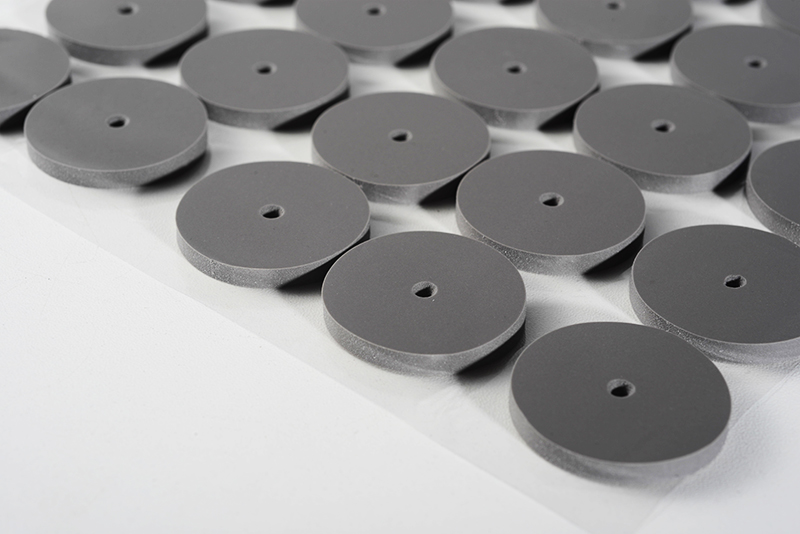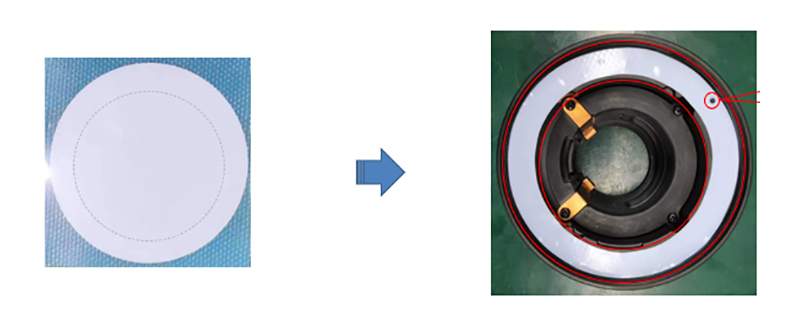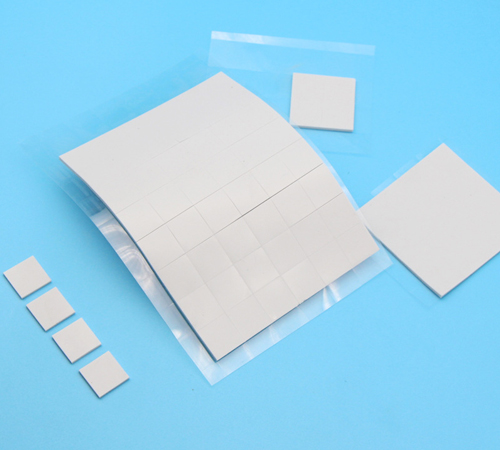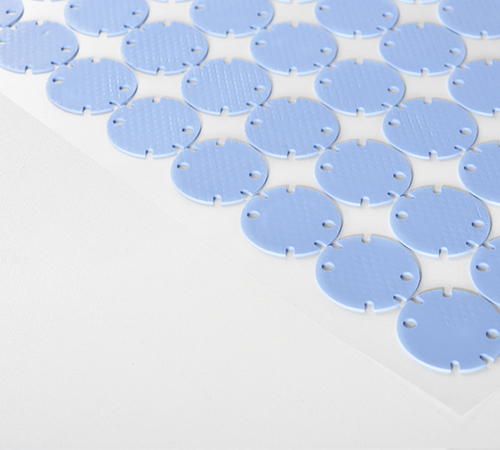Can One Screw Ruin It All? The Underrated Impact of Torque on Thermal Pads
In the intricate world of electronic device thermal management, thermal silicone gap pads play a pivotal role. They act as a crucial "bridge," efficiently transferring heat from hot components to heat sinks, ensuring stable device operation. However, the installation of this "bridge" isn't arbitrary; it involves a critical, yet often overlooked, detail: screw torque. You might think tightening a screw is straightforward, but for thermal silicone gap pads, it's an "art" that demands precise execution.
Improper screw torque, whether too loose or too tight, can severely compromise the performance of the thermal silicone gap pad and even lead to irreversible damage to electronic components. So, how do you find this crucial balance?

Why Is Screw Torque So Important?
Thermal silicone gap pads work by filling microscopic air gaps between the hot component and the heat sink, thereby minimizing thermal resistance. Achieving this requires appropriate contact pressure.
● Under-torqued: If screws are too loose, the thermal silicone gap pad won't have sufficient pressure against the contact surfaces. This can lead to gaps or air bubbles, hindering effective heat transfer and significantly reducing cooling efficiency. It might even cause localized overheating, impacting device performance and longevity.
● Over-torqued: Conversely, excessively tight screws can lead to several issues:
● Pad Deformation or Squeeze-Out: Over-compression can cause the thermal silicone gap pad material to extrude, not only wasting material but, more importantly, leading to uneven pad thickness and potentially creating new high thermal resistance points due to poor contact in certain areas.
● Component Damage: For delicate chips or PCB boards, excessive pressure can cause deformation, cracking, or even internal damage – outcomes that are highly undesirable in design and manufacturing.
● Stripped Threads or Broken Screws: Over-torquing can also damage the screw or the threaded hole, increasing rework costs.
Therefore, precise screw torque is essential to ensure optimal thermal silicone gap pad performance while protecting electronic components from damage.
How to Determine the "Optimal" Screw Torque
Determining the optimal screw torque for thermal silicone gap pads is a multi-factor consideration with no one-size-fits-all standard. It requires a comprehensive assessment of the following core elements:
1. Thermal Silicone Gap Pad Characteristics:
● Hardness (Shore Hardness): Hardness is a key indicator of compressive deformation. Generally, softer pads (lower hardness) are more forgiving with torque requirements as they deform more easily to fill gaps. Harder pads, however, require more precise torque control to ensure adequate compression.
● Thickness: The pad's thickness also influences the required torque. Thicker pads might need slightly more torque to achieve the desired compression.
● Compression Rate: Manufacturers often provide a recommended compression rate range for thermal silicone gap pads (e.g., 10%~30%). This range is a crucial reference for determining torque. Our goal is to apply torque that results in the pad being within its optimal compression rate range.
2. Contact Surface Flatness and Roughness:
● The less flat the contact surfaces are, the slightly higher the screw torque might need to be to ensure the pad can better fill the gaps.
● However, it's crucial to remember that this doesn't mean infinitely increasing the torque; it must still remain within the pad's recommended compression range.
3. Screw Specifications and Material:
● The screw's diameter, pitch, material (e.g., steel, copper), and thread type all influence its maximum permissible torque and, consequently, the actual applied torque.
● Typically, we refer to data provided by screw manufacturers or industry standards to determine the safe torque range for screws.
4. Heat Sink and Component Material and Structure:
● The hardness and structural strength of the heat sink and hot component material limit the maximum pressure that can be applied. For example, extreme caution is needed for fragile chip packages.
● If the heat sink or hot component surface has a special coating, the impact of torque on it should also be considered.
5. Design Verification and Testing:
● The most reliable method is verification through actual testing. During the product development phase, thermal testing should be conducted on prototypes. Gradually adjust the screw torque while using tools like thermal imagers and thermocouples to monitor the temperature of the hot components.
● Start from the minimum recommended torque and gradually increase it, observing temperature changes and pad deformation, until optimal heat dissipation is achieved without over-pressure risks.
Practical Operational Advice
● Use Torque Tools: Always use a torque screwdriver or torque wrench instead of relying on feel. This ensures consistent torque application, minimizing human error.
● Tighten Gradually and Evenly: For thermal silicone gap pads secured by multiple screws, use a diagonal or cross-diagonal pattern, tightening in multiple steps and evenly, to avoid localized stress concentration. For example, first tighten all screws to 1/3 of the initial torque, then 2/3, and finally to the ultimate torque.
● Refer to Manufacturer Data: Prioritize consulting the technical data sheets provided by thermal silicone gap pad and screw manufacturers, as these often specify recommended torque ranges or compression rates.
● Establish SOPs (Standard Operating Procedures): On the production line, detailed screw torque SOPs should be established for specific products and thermal solutions, and operators should be trained to ensure every step complies with the standard.
● Regular Inspection and Maintenance: For long-running equipment, consider periodically checking screw tightness to ensure the torque remains in the ideal state.

Conclusion
While seemingly a minor detail, the screw torque for thermal silicone gap pads directly impacts the thermal performance, stability, and lifespan of electronic products. Mastering this "art" means you can not only optimize heat dissipation but also effectively mitigate potential failure risks. In today's pursuit of high performance and reliability, meticulous attention to every detail is key to ensuring product excellence.
If you encounter specific questions about thermal silicone gap pad torque in your practical operations, or wish to learn more about advanced thermal management solutions, please feel free to ask. We are happy to provide further professional insights.



 CN >
CN >



